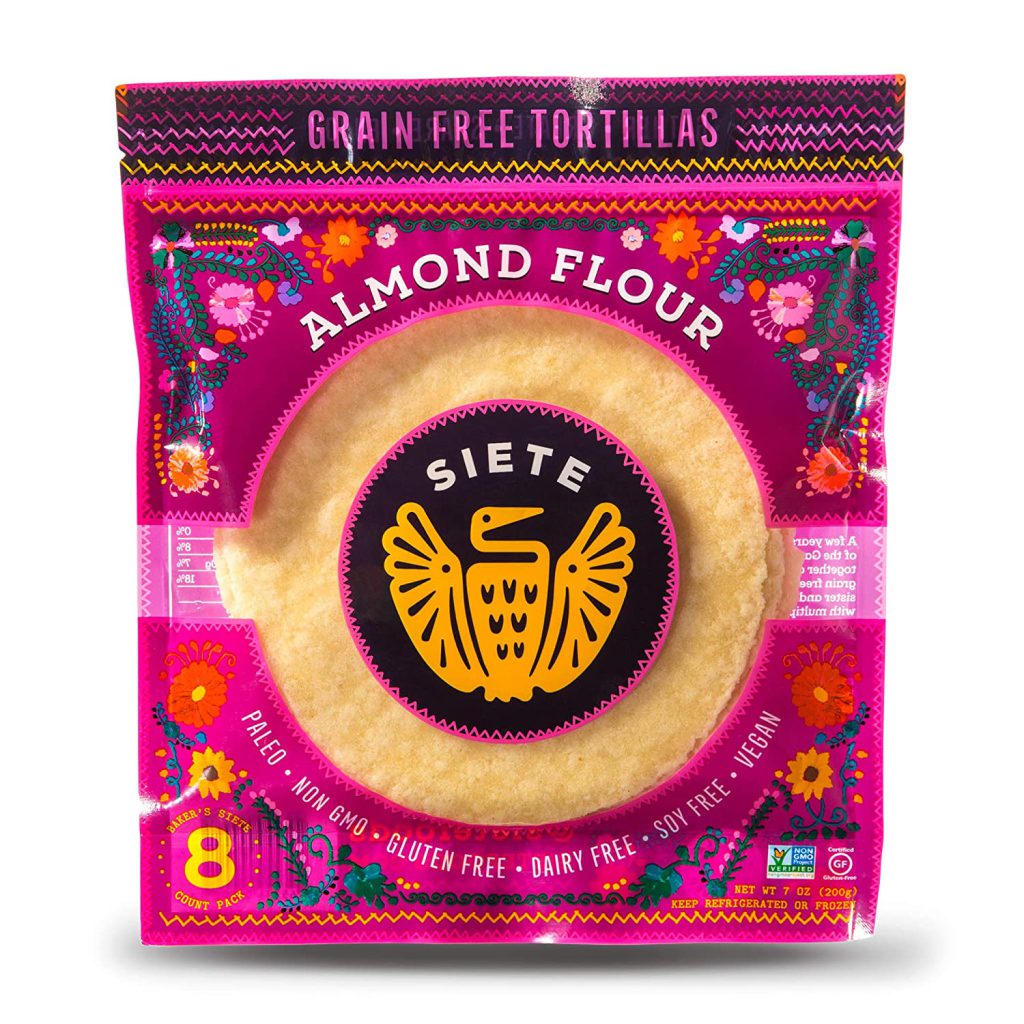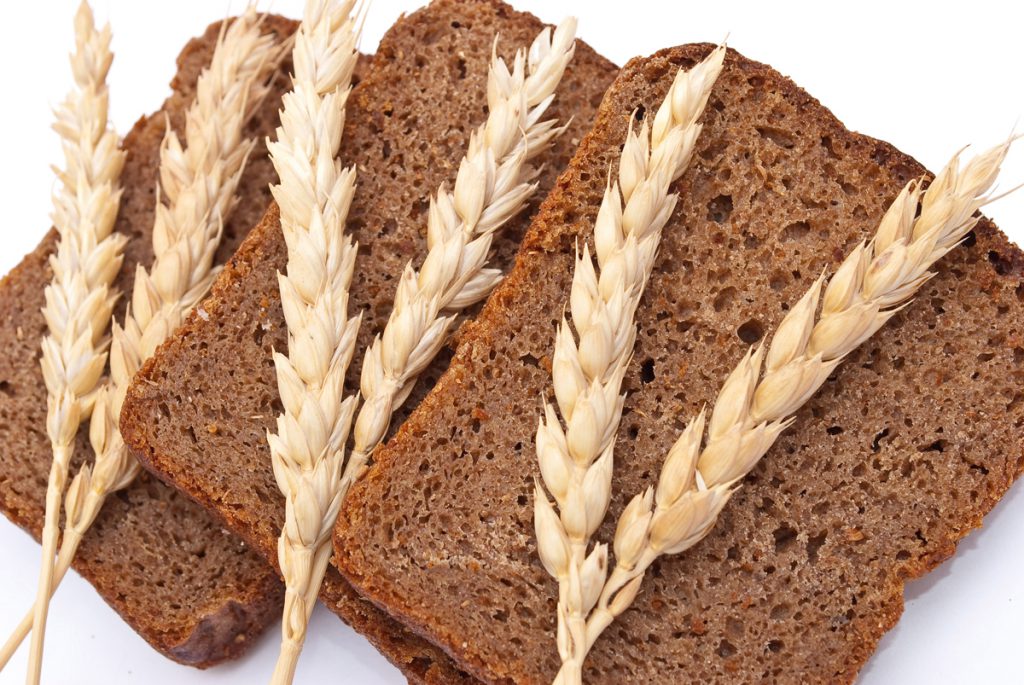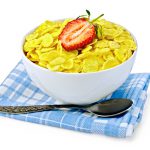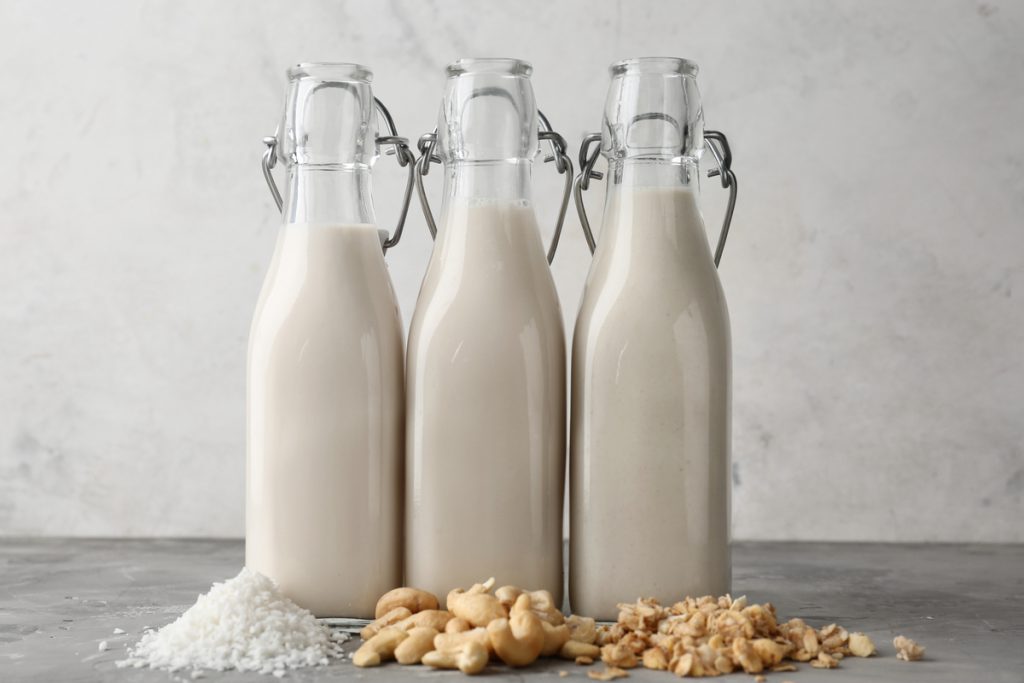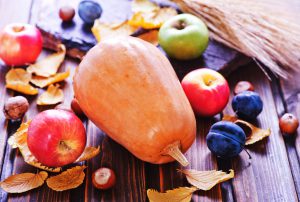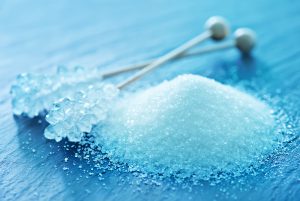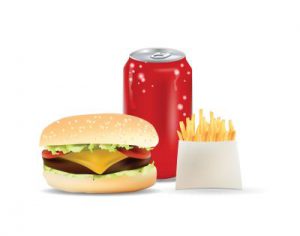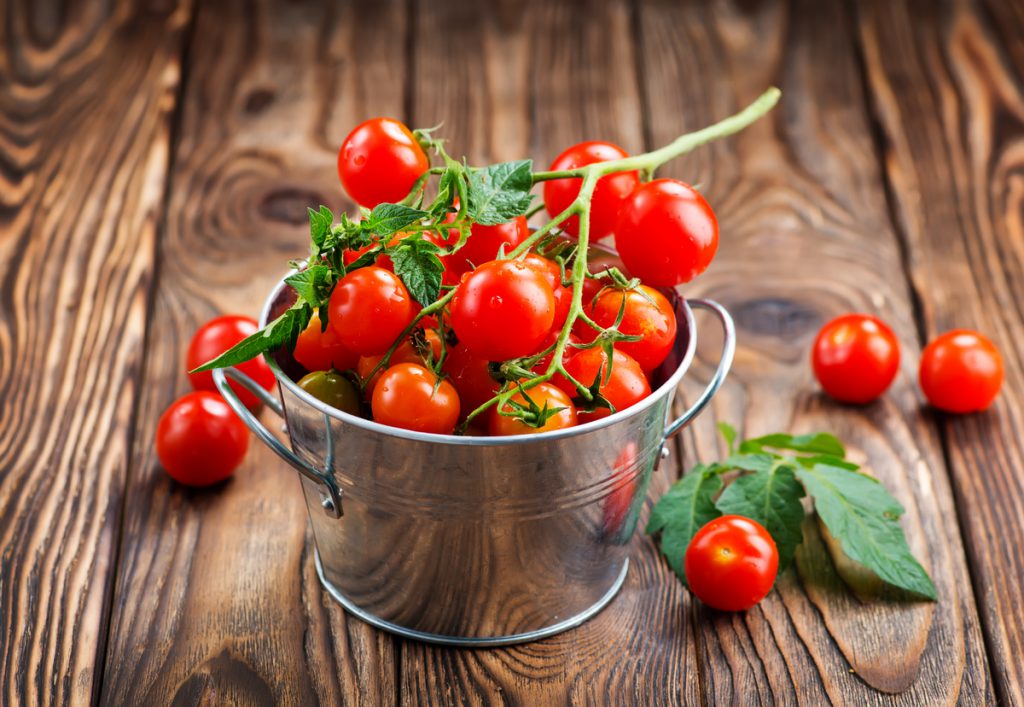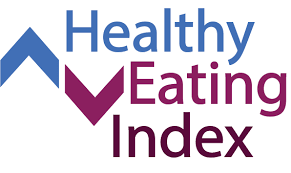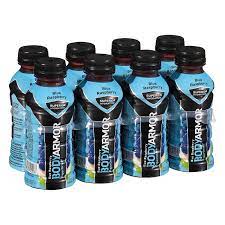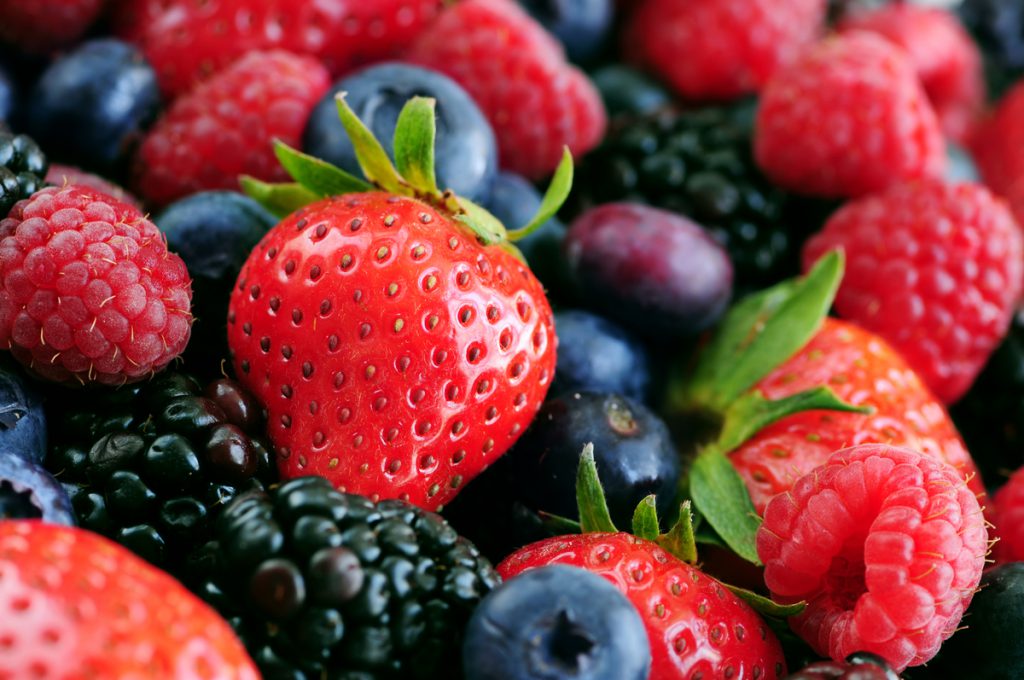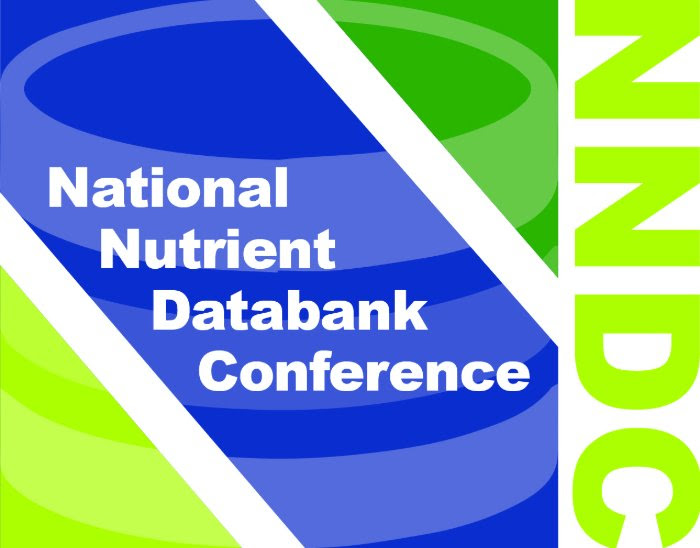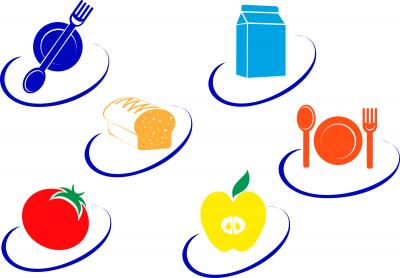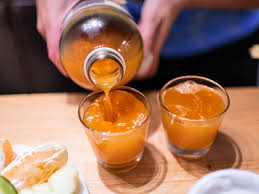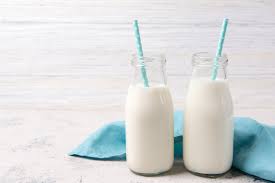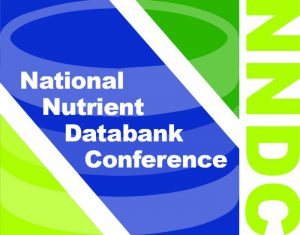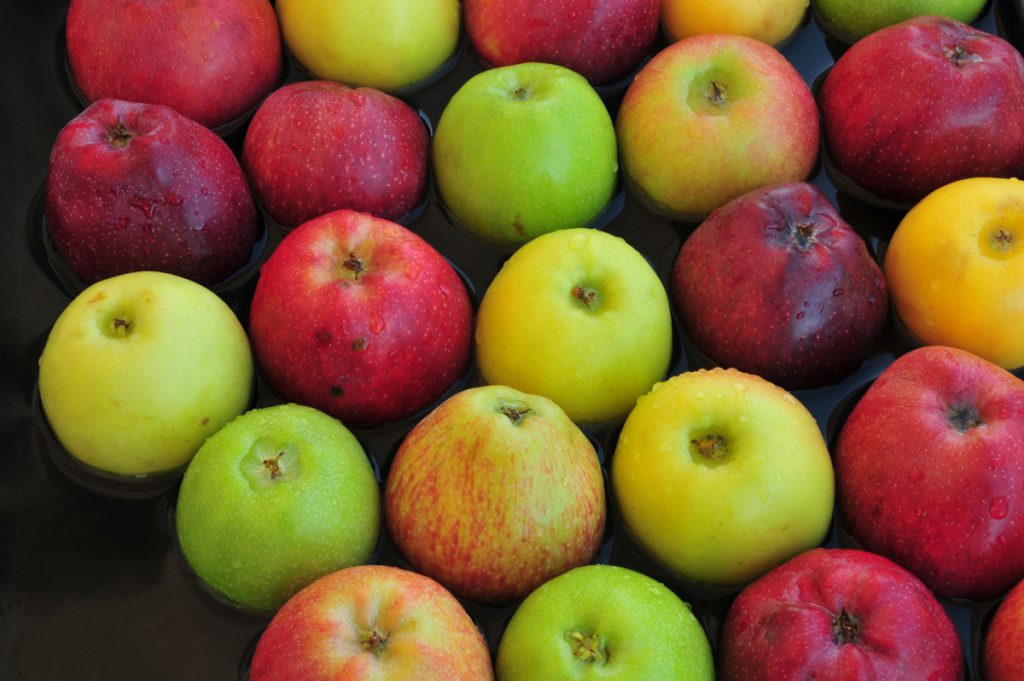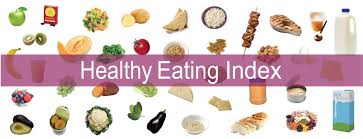
This edition contains the following articles:
- NDSR 2023 is Now Available!
- Should I Upgrade to NDSR 2023 During a Study?
- Backup Files Are Gold
- Reminder: Please Complete Our Client Survey
- NCC Creates a Five Year Strategic Plan
NDSR 2023 is now available!
We want to make sure that everyone knows that NDSR 2023 is now available! If your annual support for licensing our NDSR software is current, the primary account holder at your institution should have received an email with a link to download the newest version of NDSR. If you haven’t already, we highly recommend upgrading to NDSR 2023, as we have made program improvements and added new foods. One of the highlights is the expansion of plant-based milk alternative products in our database. Users will also notice that we changed the Header Tab label from ‘Gender’ to ‘Sex’, as that better reflects the choice options of ‘Male’ and ‘Female’, which informs the Recommended Dietary Allowances/Adequate Intake Report that can be generated.
For tips on upgrading, see our FAQ page and click on ‘Upgrading’. If you did not receive an email with an upgrade link, contact NDSRHelp@umn.edu.
If you are not a currently supported client and want access to NDSR 2023, email NDSRHelp@umn.edu for pricing and other details on reinstating support.
As a note for our clients who license the NCC database files, your eligibility for 2023 database files is based on your specific licensing agreement, and you can also reach out to NDSRhelp@umn.edu with questions.

Should I Upgrade to NDSR 2023 During a Study?
Upgrading to the latest version of NDSR is generally a good idea for ongoing studies. This is especially true for long-term studies because the food and nutrient information in older versions of NDSR becomes less market-reflective with each passing year. You can see Appendix 23 in the User Manual for a list of pros and cons to consider in regards to your particular study. If you decide to upgrade to NDSR 2023, you may wonder if you should restore data collected in an older version to the current version of NDSR.
Updating to the current version of NDSR and restoring your older data in the current version is generally recommended for the following two reasons:
- When you restore data collected in an older version of NDSR you receive nutrient values for any new nutrient fields added in subsequent NDSR releases. For example, in NDSR 2020 PUFA 18:2 n-6 (linoleic acid [LA]),PUFA 18:3 n-6 (gamma-linolenic acid [GLA]), and PUFA 20:4 n-6 (arachidonic acid [AA]) were added to the database. Hence, if you restore data entered using an earlier version of NDSR these nutrient fields would now be available for your data.
- NCC continually updates the database to incorporate better and more complete analytic data that becomes available for foods. Consequently, when you restore older data in the latest version of NDSR the accuracy of your data may in turn improve.
One hesitation clients express with restoring data created in previous versions of NDSR is that data integrity may be compromised due to product reformulations that occur and are reflected in updated versions of NDSR. For example, if a food product has recently been reformulated to be lower in sodium one wants this updated sodium content information used for dietary recalls and food records collected subsequent to the reformulation but not prior to it (e.g. one would not want the lower sodium value for the product used for dietary recalls collected prior to the reformulation). Fortunately, thanks to the time-related way in which the database is maintained, data collected in the past and restored in the current version of NDSR are recalculated based on food product formulations in the NDSR version used originally for data collection/entry.
One consideration prior to restoring data into a current version of NDSR is that edits to dietary data can only be made in the version of NDSR in which the data was entered. Once the data is restored into a current version of NDSR edits can no longer be made to data that was created on a previous version. It is best practice to confirm that all edits are completed and the data set is finalized prior to restoring into a current version of NDSR.
For further information and instructions on restoring data see Chapter 9 and Appendix 23 of the NDSR User Manual. If you have further questions please contact User Support by emailing ndsrhelp@umn.edu.

Backup Files Are Gold!
Reminder: please remember to backup your NDSR projects to an additional storage medium outside of your local drive. Although NDSR protects data by saving record information to your hard drive or server as it is entered, NCC does not have access to that data and cannot retrieve your data in the event of a hard drive crash. Therefore, it is very important to create a NDSR backup and data management plan. Frequent backup of projects to multiple locations (e.g., hard drive, network drive, flash drive, cloud storage, etc.) is recommended. Additionally, reports can be saved or printed immediately following data entry to protect against information loss. More information on backing up your data is available on the NCC website.

Reminder: Please Complete Our Client Survey
We are conducting a Client Survey and would love to hear from you. If you haven’t already, please take our brief survey. To those of you who have already responded, thank you very much!

NCC Creates Five Year Strategic Plan
Starting last fall NCC convened an expert advisory panel and used design thinking to develop a five-year strategic plan. Through a series of one-on-one meetings with advisory panel members and group discussions, the NCC Director Lisa Harnack and Associate Director Abby Johnson developed several value propositions. These were discussed with NCC staff members and a five-year plan was developed by the NCC Executive Committee. We are excited to work on our initiatives to continue to serve our clients and work towards our mission of supporting nutrition research.






